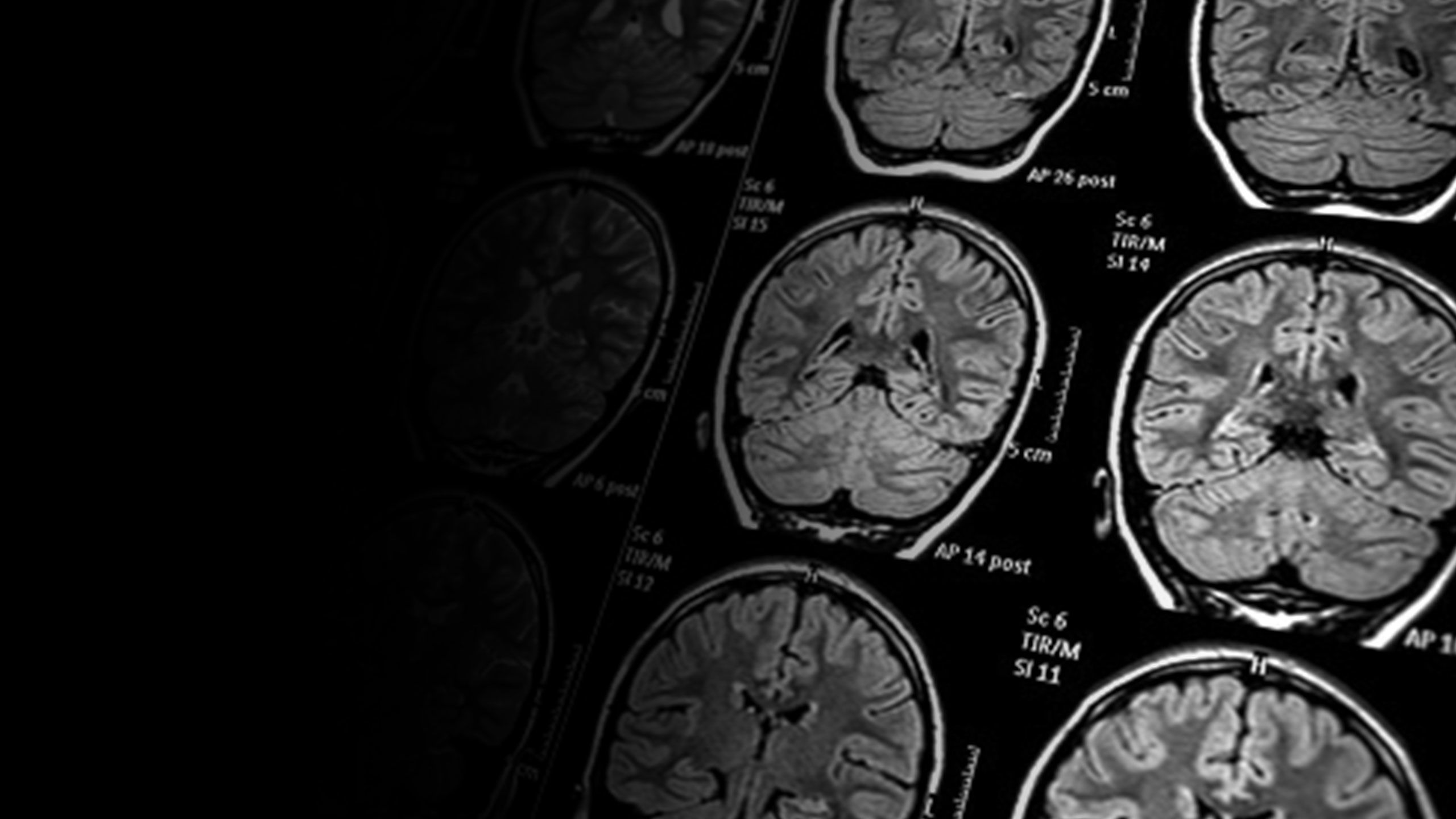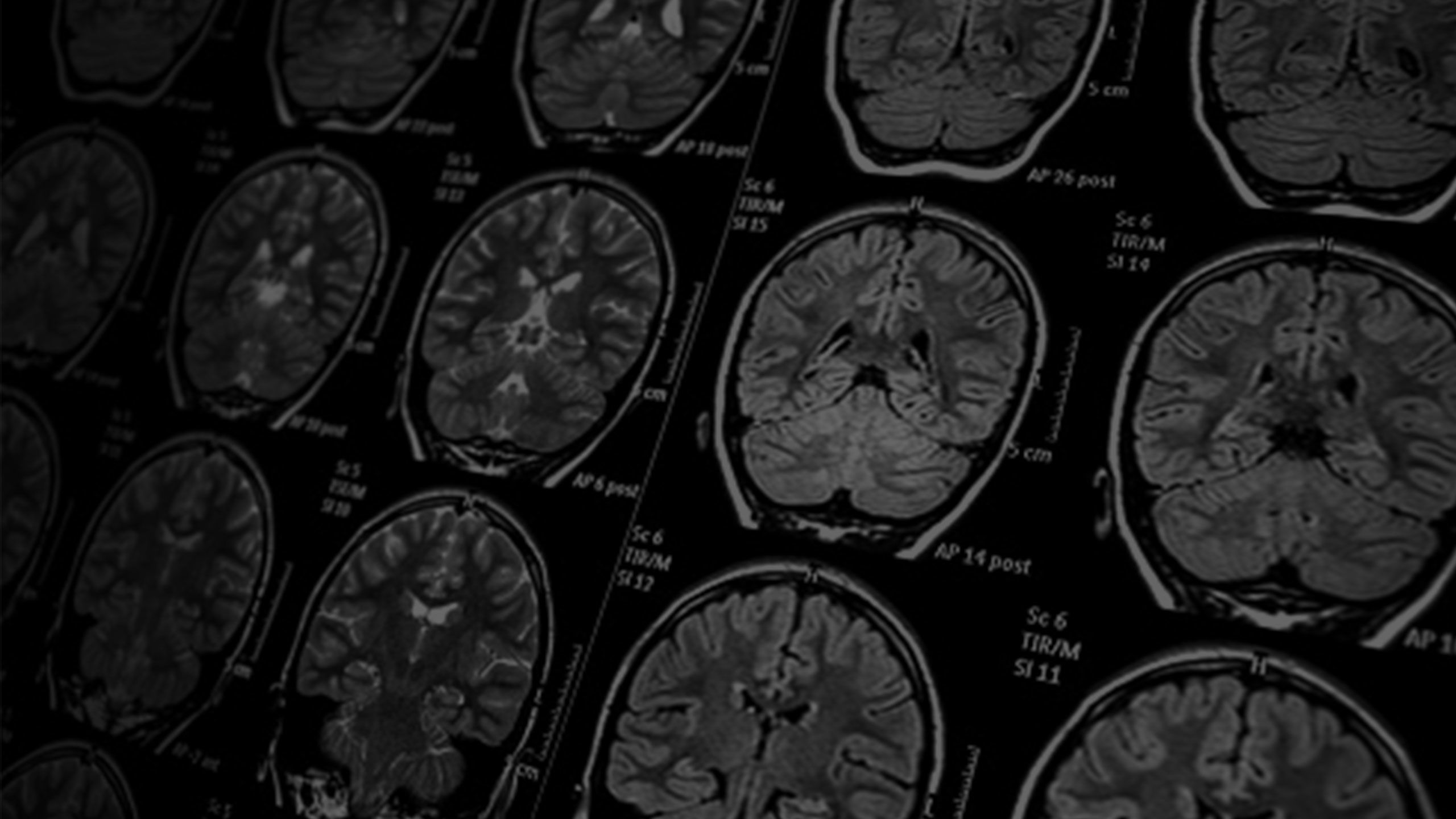Innovations in
practice-based learning
A new approach to pre-registration student
placements in diagnostic radiography

In summer 2019, I co-authored an article with my colleague, Charles Sloane from the University of Cumbria, in Imaging & Therapy Practice, in which we declared a "state of emergency" in the medical imaging workforce1.
Since then, the challenges facing the medical imaging workforce have been exponentially worsened by the Covid-19 pandemic, and vacancy rates for diagnostic radiographers were at a record high of 10.5% in the College of Radiographers' Workforce Census data, published in May 20212. This shortage is having a detrimental impact on waiting times for imaging services, with waiting-list figures at their highest levels since the six-week diagnostic wait was introduced in March 2008 to support the achievement of the 18-week referral-to-treatment target3. The percentage of patients waiting for six weeks or more for a diagnostic test as of July 2021 is now 24%3.
The recommendations of the Richards report, published in November 2020, have shone a further spotlight on to the issues currently facing the imaging workforce4. Richards recommends establishing a network of community diagnostic centres (CDCs) across the country, which can provide a one-stop shop for diagnostic tests such as X-ray examinations, CT scans, MRI scans, ultrasound, phlebotomy, endoscopy and more. Richards advised a net increase in the imaging workforce of 3,500 diagnostic radiographers, 500 reporting radiographers and 2,500 assistant practitioners4. While the aim of the Richards report is commendable and, if successfully implemented, will improve access to diagnostic services in many communities, there are currently insufficient numbers of diagnostic radiographers in training to meet the demand that will be generated by the new centres. There is understandable concern about the impact of CDCs and the risk that they will further deplete overstretched NHS departments by offering an attractive alternative workplace for radiographers in contrast to busy, acute hospital settings.
Providers of radiography education are under huge pressure to ensure the workforce supply pipeline for newly qualified radiographers delivers as many graduates as possible to help to relieve some of the current workforce challenges and provide the staff required for the new CDCs. However, the limiting factor for education providers is clinical placement capacity. Placement capacity in radiography has always been limited by the availability of medical imaging equipment and has been reducing for some years due to the introduction of digital radiography systems. Alongside this, the number of CT and MRI examinations has significantly increased, doubling from 250,000 CT scans per month in 2012 to 500,000 in 2019, and from 170,000 MRI scans per month to 320,000 during the same period5.
It is my experience from many years of working in higher education that most diagnostic radiography programmes still focus students' clinical experience on gaining X-ray radiography competencies, with limited emphasis on modalities such as CT and MRI. It is also my experience that the use of shift patterns varies significantly between different education providers and clinical placement settings, which could mean that there are pockets of placement capacity that could be unlocked. And what about some of the new, innovative placement experiences that have been used during the pandemic – could these offer a further opportunity to increase placement capacity? In this article, I will share experiences of implementing some of these innovative ideas to increase placement capacity and provide a rich learning experience for student radiographers.
Increased use of CT and
MRI for all year groups

As a CT and MRI radiographer, it is perhaps not a surprise that I am an advocate for increasing student radiographers’ placement time in CT and MRI. At my own institution, we have been steadily increasing the amount of time all our pre-registration radiography students spend in CT and MRI in recent years. In contrast to some other education providers, we place students in CT and MRI right from their first clinical placements. You may be wondering what a first-year student radiographer on their first clinical placement could do in CT and MRI, when they have not yet gained X-ray radiography skills. I would argue that CT and MRI are the perfect place for student radiographers to gain experience in delivering patient-centred care and developing their communication skills. The more complex, longer procedures, the additional safety checking requirements and the increased aftercare that needs to be provided are a perfect environment for student radiographers to hone their communication skills, becoming more confident in interacting with patients and carers and gaining rapport, gaining experience of providing information about imaging examinations and answering patients' or carers' questions, and reassuring patients or carers about what will happen next6.
"CT and MRI are the perfect place for student radiographers to gain experience in delivering patient-centred care and developing their communication skills"
There are also lots of opportunities for student radiographers to consider aspects of patient-centred care, such as ensuring appropriate clothing is available, providing blankets and pillows, offering a choice of music and lighting and involving carers in the examination6. And then, of course, there are opportunities to practice positioning patients for imaging, to prepare contrast media, to use manual handling skills, to use radiation safety and magnet safety knowledge in clinical practice, to demonstrate good infection control measures, and gain experience of working in a multidisciplinary team.
The key to the successful implementation of increased time in CT and MRI for student radiographers has been communication with the clinical staff and students themselves about the benefits of these placements. It has been crucial to explain to students prior to their placements the basic principles of operating CT and MRI, what types of patients will be imaged and what role they can play within the multidisciplinary team. The basic science and technology of CT and MRI is, therefore, taught in the first semester, so that students start their first clinical placements with some understanding of CT and MRI physics and are familiar with MRI-specific safety considerations. Alongside this, discussions about patient-centred care cover not only X-ray radiography but also care of the patient in CT and MRI. Clinical staff are briefed on the types of roles and tasks that student radiographers can undertake during their time, and the CT, MRI and relevant competencies that students can achieve during the placement are highlighted.
After some initial nervousness, feedback from students and clinical staff has been positive about the increase in students' time in CT and MRI, and the contribution that students have been able to make. Students have reported enjoying the teamwork in CT and MRI, and clinical staff have reported being grateful for the help and support students can provide during a busy list. Increased amounts of time in CT and MRI during placement blocks will, therefore, continue to be a key feature of student rosters going forward.
Implementation of
full shift patterns for all
year groups

Shift work has been part of student radiographers' placement experiences for many years but it has often been limited to final-year students approaching qualification, with most students being on a "normal working day", for example, 8:30am-5pm or similar. It could be argued that this does not present a realistic representation to student radiographers of a Band 5 diagnostic radiographer post, because such posts do not generally work 8:30am-5pm, Monday to Friday. Rather, for a Band 5 radiographer, there is usually an expectation of full participation in a shift system to cover the imaging department 24 hours a day, seven days a week, 365 days a year. This expectation can come as a surprise to some students but, if shift systems are embedded in student rosters right from their first clinical placement, this provides a more realistic reflection of the Band 5 radiographer role and helps students make a smoother transition to qualified status.
Alongside this, the use of all available shift patterns within a placement setting can also unlock a significant amount of placement capacity7. In partnership with several NHS trusts where my institution places student radiographers, we have been able to effectively double placement capacity by introducing more shifts into student rosters. This has been done by splitting a working week in an area between two students, each working three 10-hour shifts at opposite ends of the week, including weekends. While this may not be possible in all clinical departments – due to differences in levels of out-of-hours activity, lack of appropriate supervision, access to public transport etc – it is certainly worth education providers keeping this under constant review with their placement partners so that opportunities to use any additional capacity available from shifts is not missed.
New placements in research, governance, education and leadership

The Covid-19 pandemic has had a huge impact on the clinical placement experience of all health and social care students, and many innovative new placements have emerged as a direct result8. The College of Radiographers responded to this challenge and offered several virtual leadership placements to a small number of pre-registration students in 20219. In my own institution, colleagues in nursing and occupational therapy quickly started to develop virtual placements in areas at the start of the pandemic and, as a team, we were keen to follow their lead. As such we worked with our clinical partners to establish some new one-week placements, which blended experience of working in a research team with experience working in a governance and/or quality improvement team. Students were given pre-reading to help them prepare for and to underpin the placement, a mix of physical and virtual attendance at a range of research and governance meetings was offered (due to Covid-19 restrictions), and experience of collecting data for research purposes was also built into the week-long placement.
After trialling the placement with a small number of students in 2020/21, this placement was integrated into the clinical roster for all students in year three of the BSc (Hons) Diagnostic Radiography programme in 2021/22. Student and clinical staff feedback so far has been extremely positive about how well these weeks have worked; students have commented on how the placement has increased their knowledge and understanding of the Quality Standard for Imaging (QSI) process and given them a greater insight into research processes. Clinical staff supervising the placements have fed back how much they have enjoyed having students placed with them and feel it has helped them raise the profile of their research or governance work with students. A formal evaluation of the new placement week to gain more in-depth feedback is planned.
"The pandemic has had a huge impact on the clinical placement experience of
all health and social care students and many innovative new placements have emerged as a direct result"
In addition to this, the team also trialled a one-week education placement in 2020/21, which provided an opportunity for a final year pre-registration student radiographer to shadow an academic. The placement involved helping to facilitate small group practical skills sessions with first-year radiography students and creating and delivering a short CPD session to fellow students. This placement was well evaluated by the students who completed it and will be offered again in 2021/22.
Our next step will be to explore leadership placements and how we can integrate opportunities for students to develop their leadership skills into clinical rosters. We have been discussing this with our clinical partners and hope to link this type of opportunity to increasing understanding and awareness of advanced-practice roles.
So, what other innovations
could we look at?

Along with colleagues from across the Midlands, I am looking at several other innovations that, we hope, will increase placement capacity and provide rich learning experiences for student radiographers. Our main focus is currently on developing a standardised clinical curriculum, with a standardised clinical hours requirement, standardised clinical assessments and competencies, supported by standardised clinical assessor training. This approach would make it easier for students to move between placement settings and we hope it will help us to unlock pockets of placement capacity that are currently under-used.
Alongside this we are continuing to expand the use of private, voluntary and independent placements by gaining approval to additional static sites and mobile imaging units for student placements. And we are looking at introducing an employability week in a non-radiography setting to develop transferable skills, such as communication and leadership, and to raise awareness of different patient needs, for example, a placement in a school, prison, nursery or charity.
Finally, we are looking at introducing self-rostering and annual leave booking systems. This would provide students with more flexibility and enable them to choose shift patterns and holidays that fit with their personal circumstances and family commitments. It is hoped that this will reduce absenteeism from placement and, therefore, maximise clinical placement capacity and reduce attrition by supporting students' work-life balance.
Summary

There is no doubt that the diagnostic radiography workforce in the UK is stretched to its limits. The impact of the Covid-19 pandemic and the rollout of CDCs is likely to further exacerbate these issues. Shortages of diagnostic radiographers are already impacting upon service delivery and, therefore, the timely diagnosis and treatment of our service users. Capacity to support pre-registration student radiographers’ clinical placements presents an ongoing challenge for educators and service managers to ensure the provision of a high-quality placement experience with an appropriate level of supervision and support. There is no easy solution to this complex issue, and a range of possible options have been offered that may support increases in placement capacity. Educators and service managers are encouraged to work collaboratively to implement some or all these options, with the aim of increasing placement capacity. Without a concerted collaborative effort, there is a very real threat to delivery of diagnostic radiography services,and, therefore, a very real risk of poor service user outcomes.
Dr Emma Hyde is Associate Professor in Diagnostic Imaging at the University of Derby.

References
1. Sloane C and Hyde E. Diagnostic radiography education: time for a radical change? Imaging & Therapy Practice. August 2019.
2. The Society and College of Radiographers. Diagnostic Radiography Workforce UK Census 2020. 2021. Available at CoR_diagnostic_radiography_workforce_uk_census_2020_report_v6 Accessed 20 December 2021.
3. Nuffield Trust. Diagnostic test waiting times. 2021. Available at Diagnostic test waiting times | The Nuffield Trust Accessed 20 December 2021.
4. Richards, M. Diagnostics: Recovery and Renewal. 2020. Available at https://www.england.nhs.uk/wp-content/uploads/2020/11/diagnostics-recovery-and-renewal-independent-review-of-diagnostic-services-for-nhs-england-2.pdf
5. Halliday K, Maskell G, Beeley L and Quick E. Radiology – Getting It Right First Time Programme National Speciality Report. 2020. Available at Layout 1 (gettingitrightfirsttime.co.uk) Accessed 20 December 2021.
6. Hyde E and Hardy M. Delivering patient-centred care (Part 3): Perceptions of student radiographers and radiography academics. 2021. Radiography. 27 (3), pp803-810. DOI:https://doi.org/10.1016/j.radi.2020.12.013
7. St. John Matthews J et al. Longer hours and shorter weeks. Imaging & Therapy Practice. 2015. Nov pp 22-28.
8. The Chartered Society of Physiotherapy. Diverse student placement finds that ‘anyone can be a leader’. 2020. Available at Diverse student placement finds that 'anybody can be a leader' | The Chartered Society of Physiotherapy (csp.org.uk) Accessed 20 December 2021.
9. Harrison G. SoR student placement inspires leaders of the future. 2021. Synergy News. September 2021, pp24-25.

